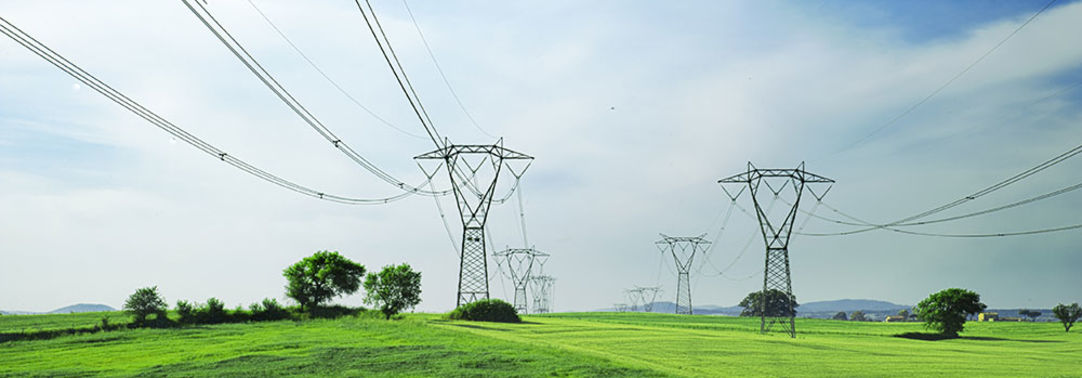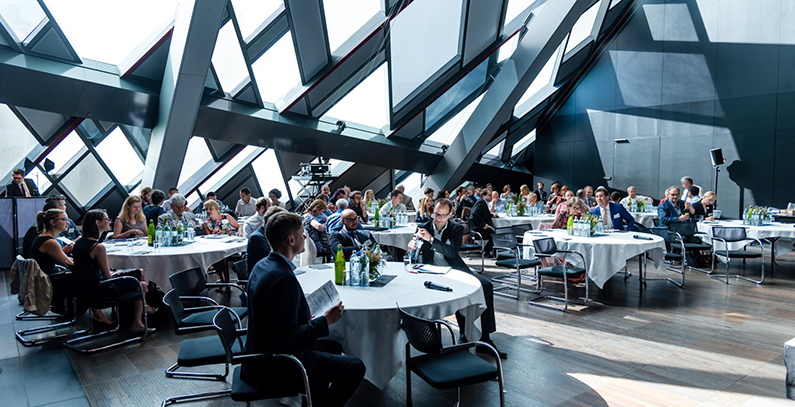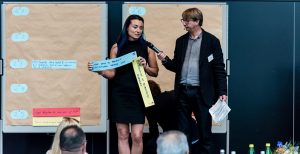
Italian Snam, Albanian Albgaz sign MoU on gas market development
Italian gas infrastructure company Snam and Albania’s gas infrastructure operator Albgaz have recently signed a memorandum of understanding (MoU) to develop collaboration opportunities, said a message published on the Snam website July 31.
The MoU is aimed at supporting the start and development of an infrastructure system that will be managed by the Albanian company. The agreement comes in relation to the gas market development that will start with the TAP pipeline crossing Albania.
TAP is a part of the Southern Gas Corridor, which is one of the priority energy projects for the European Union. The project envisages transportation of gas from Azerbaijan’s Shah Deniz Stage 2 to the EU countries.
The pipeline will connect to the Trans Anatolian Natural Gas Pipeline (TANAP) on the Turkish-Greek border, run through Greece, Albania and the Adriatic Sea, before coming ashore in Italy’s south.
TAP will be 878 kilometers in length (Greece 550 kilometers, Albania 215 kilometers, Adriatic Sea 105 kilometers, and Italy 8 kilometers).
Snam Source: Snam e Albgaz, l’operatore infrastrutturale del mercato gas in Albania, hanno firmato un accordo (Memorandum of Understanding) finalizzato a sviluppare ambiti di collaborazione a supporto dell’avvio e dello sviluppo del sistema infrastrutturale che verrà gestito dalla società albanese, in connessione alla metanizzazione prevista con l’arrivo del gasdotto TAP nel Paese.
L’accordo si inquadra nell’ambito delle attività avviate dalla business unit Snam Global Solutions con l’obiettivo di valorizzare a livello globale le esperienze, le competenze e il know-how distintivi di Snam, sviluppati nei suoi 75 anni di attività e gestione dell’intera filiera infrastrutturale del gas in Italia e in Europa.
La collaborazione è rivolta, tra l’altro, a supportare Albgaz nello sviluppo del piano di infrastrutturazione necessario ad avviare il mercato del gas e l’implementazione delle best practice caratteristiche delle attività gestite da Snam.
Albgaz è stata creata nel gennaio 2017 e ha la responsabilità della realizzazione e gestione delle infrastrutture per il mercato del gas albanese.
Snam
Snam gestisce la rete di gasdotti più estesa e accessibile d’Europa (oltre 40.000 km di lunghezza), la maggiore infrastruttura di stoccaggio (con una capacità di 19 miliardi di metri cubi) e uno dei primi terminali GNL realizzati nel Continente. Gli investimenti di Snam in Europa sono finalizzati a favorire l’integrazione delle reti energetiche europee e a promuovere il gas come pilastro di un mix energetico sostenibile. Facendo leva sulle proprie competenze distintive, la società ha lanciato recentemente Snam Global Solutions, che offre attività di studio, consulenza e project management per il mercato.
Albgaz
Albgaz è l’operatore designato per lo sviluppo e gestione del sistema infrastrutturale del gas in Albania, per tutte le attività di trasporto, distribuzione, stoccaggio e rigassificazione.







